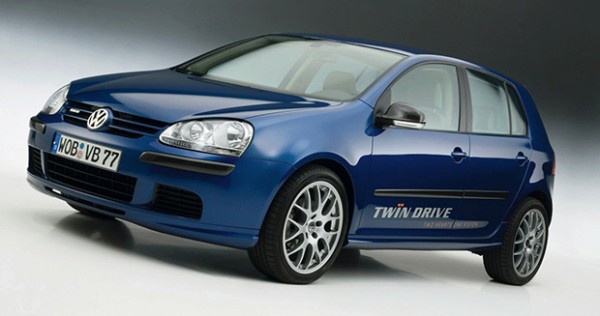It looks like by 2015 we will have the option of over 50 different alternative fuel or hybrid vehicles to buy in the US. Many of these will be larger vehicles. We will have Plug-in Hybrid Porsches and Jeeps with Diesel engines. The trend that was once at the periphery of our transportation options, and typically meant smallness or driving something odd looking (like the Honda Insight with its hidden rear wheel), it is now becoming part of the mainstream with vehicles built to meet our need for roominess and esthetics. Rising gas prices, environmental consciousness, and the widening availability of fuel efficient technologies will put more of us into situations where we will have to seriously consider buying one of these plug-in, electric, diesel, or hybrid, but “normal” looking and sized vehicles.
These alternative drive-train options are always pricier than their gas only versions, and unless you drive unusual amount of miles each year, the cost difference may never actually justify the purchase alternative versions. As a dealer I had to explain this to a number of customers who were looking for the most cost efficient mode of transportation, but did not drive more than 12-15,000 miles a year. Environmental considerations aside, to financially break even between buying a small car or its hybrid/diesel sister may take years (just calculate MSRPs and annual fuel costs between these Honda Fit vs. Honda Insight, VW Golf vs. VW Golf TDI, etc). I am, however, glad to see more and more full size sedans and SUVs getting electric, plug-in, and hybrid versions over the next couple of years. I believe this is a meaningful step in finding ways around burning so much fossil based fuel.
Additionally, we may also learn to appreciate the troubles with how we currently measure fuel consumption. Unlike in other parts of the world, where cars’ fuel efficiency is measured by how much fuel they consume over a specific length (100km), we look at how many miles can you do with a specific amount of fuel (1 gallon). This creates an inaccurate perception about fuel efficiency and true cost of ownership when considering small cars vs. larger cars.
Going 10 miles more with gallon of gas will save you twice as much money in where you are doing it in a car improving from 15mpg to 25mpg (large sedan), than going from 25mpg compact to 35mpg compact. For example: over the course of a year where you drive the typical 12,000 miles, if you swap from a 25mpg compact to a respectable 35mpg version you would save 138 gallons of fuel (or $500 with today’s gas prices); but your more accommodating 15mpg sedan going to 25mpg with hybrid technology will save you more like 320 gallons of fuel (or about $1,150).
If manufacturers will pull it off –and so far the signs are good – this 10mpg improvement would help us narrow the price gap between gas and alternative option vehicles twice as fast. And no, I don’t see the mpg system going away anytime soon, but I’m more confident that as mainstream vehicles becoming fuel savers (and saving us money by larger strides) eventually swaying more of us to consider greener options.






